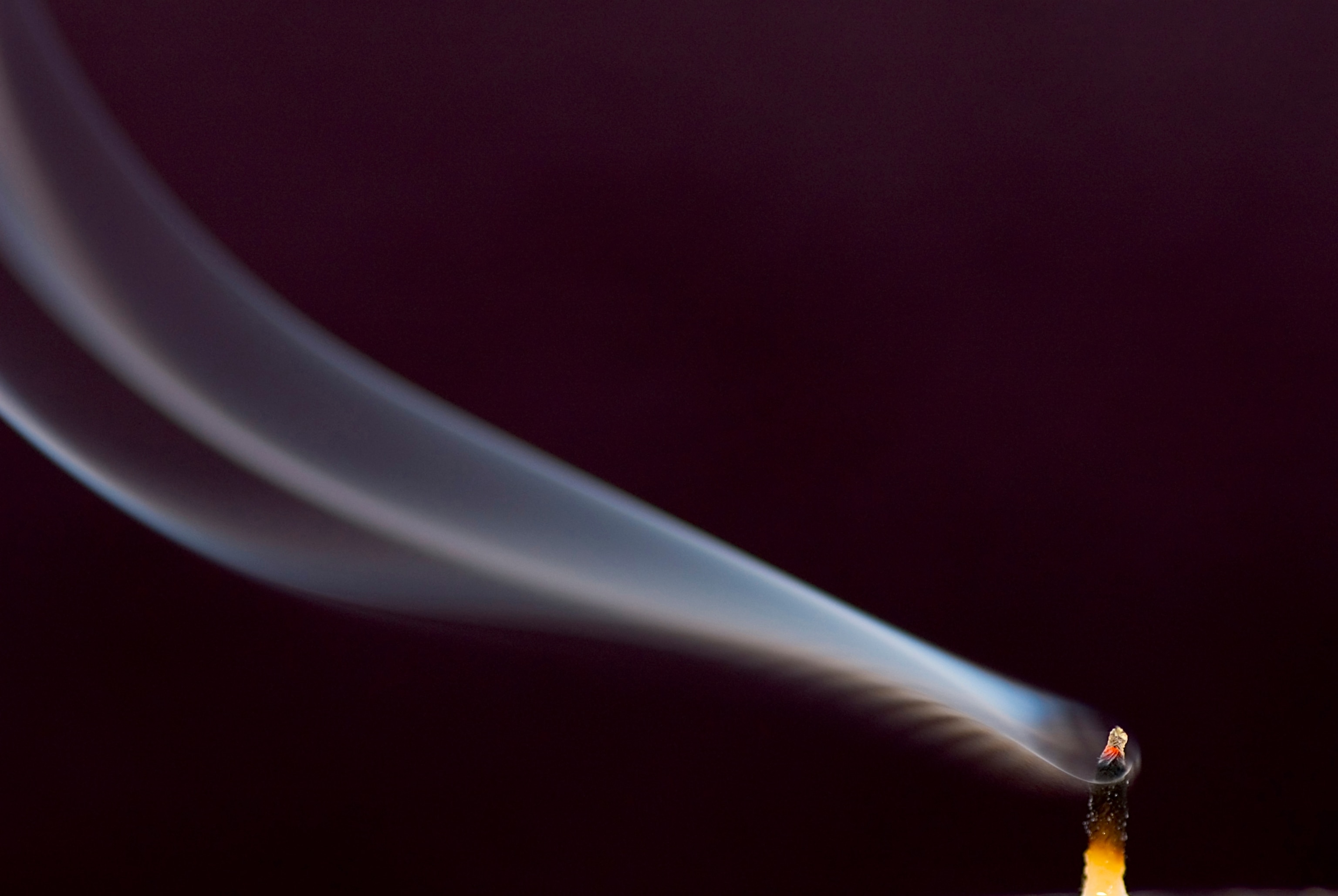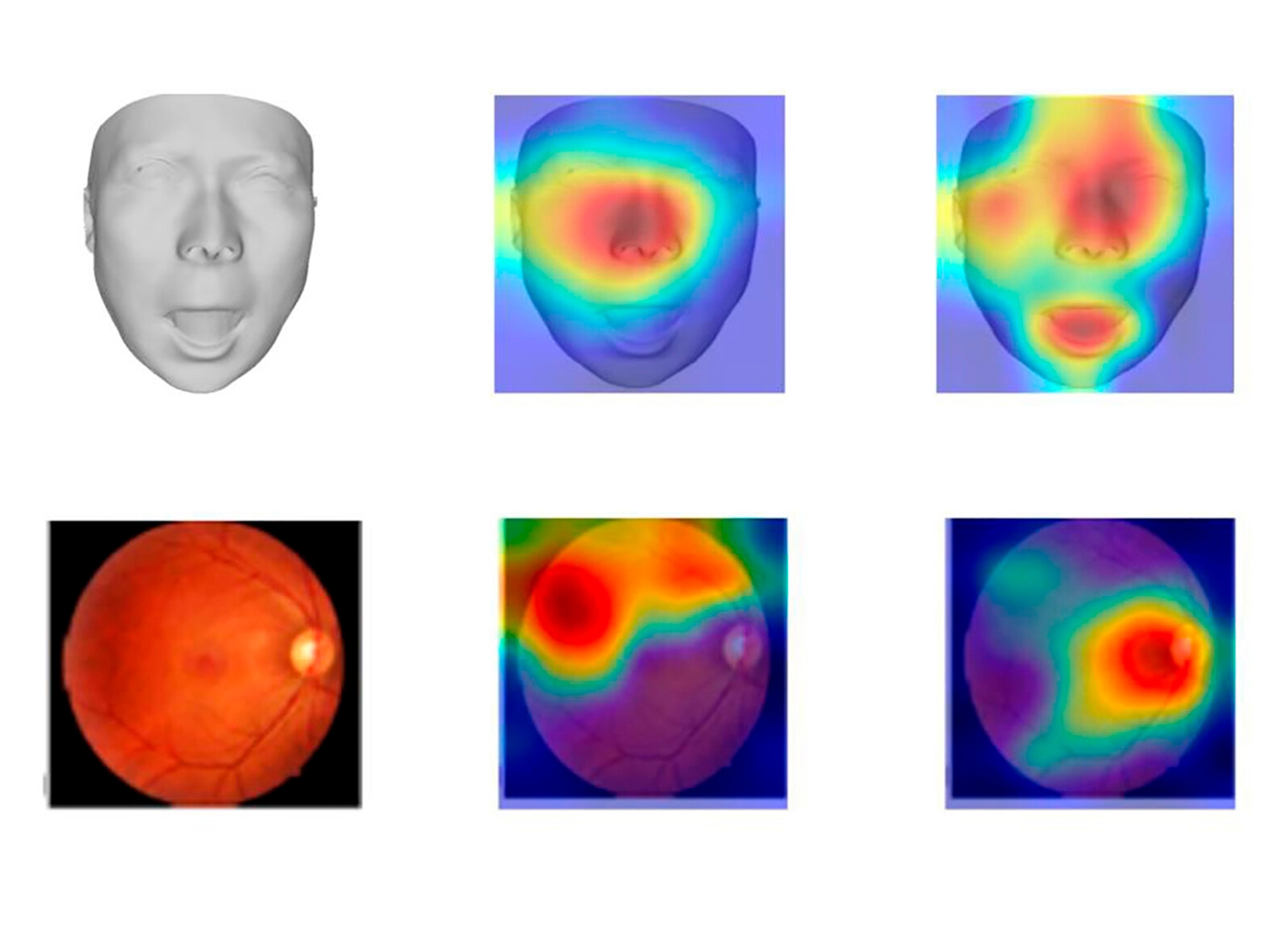
Scented candles may be cozy—but are they polluting your home’s air?
While scented candles are irresistible this time of year, you may want to learn about their emissions.
Lighting candles can make us feel safe and cozy, fill the room with pleasant smells, and offer soothing light. It’s no wonder we love them.
It seems we’re especially fond of scented candles as the weather cools, with a world of options from candied apple to amber, pine, and pumpkin spice.
“Scent is closely connected with the emotional center of our brain and our center of memory,” says otolaryngologist Marta Becker of Clarity ENT near Philadelphia. “It’s very evocative for us.” Certain scents can trigger nostalgia even if the exact memory can’t be placed.
When we light a scented candle, aromatic molecules are warmed and lifted from the wax in an updraft from the flame, attaching to sensors in our nose. “The shape of them almost fits like a key into a lock, and that stimulates the smell nerve and tells our brain what we are smelling,” Becker says.
But a warm glow and nice smells aren’t the only thing candles give off. “The scented part of a scented candle is a tiny part of what comes from a candle,” she says.
By-products of burning a scented candle
Burning any candle causes incomplete combustion, which occurs when a flame doesn’t have enough oxygen to allow the fuel to react completely. Products from incomplete combustion, including water, carbon dioxide, and tiny black particles of carbon soot are released into the air, says Hans Plugge, a Principal with toxicology and risk assessment company, Safer Chemical Analytics.
Richard Corsi, dean of the College of Engineering at UC Davis, says how a flame burns – a steady burn versus a flickering flame – makes a difference when it comes to the size and chemical composition of particles emitted. The generation of soot—a mixture of carbon, aerosolized chemicals and tar-like substances, among other things– happens with an unsteady (flickering) flame or when the flame is extinguished, he says.
The candle’s container can also contribute to that pollution. The higher the rim extends above the wick, the more likely the candle is to produce soot, Plugge adds, since oxygen has a harder time reaching the flame.
Along with soot, fragrances are another major culprit for allergies, Plugge says. Scented candles can give off certain essential oils, including citronella.
Sensitive individuals should also be wary of “all natural” claims on candle labels. “The so-called natural extracts are more potent allergens than synthetic fragrances,” Plugge says, since the latter were generally designed to be non-allergenic in most people as a selling advantage.
How scented candles contribute to indoor air pollution
Despite claims to the contrary, all candles—whether their wax is made from all-natural beeswax, paraffin or soy—give off soot as well as volatile organic compounds (also called VOCs, this refers to a wide range of chemicals that vaporize into air), causing some degree of indoor air pollution, Plugge says.
Unless you’re constantly burning hundreds of candles in an unventilated space, however, he adds candle emissions are unlikely to cause health effects in humans.
But candles are hardly the only culprits in our homes.
All combustion products we use (among them toaster ovens, microwaves, and stoves, particularly when cooking with oil) contribute to indoor air pollution, says Plugge.
Corsi says a house with one or more people who smoke creates “a very large concern” for the health of non-smokers or frequent visitors. Incense can also “be a major source of particulate matter.” Plugge says incense is often heavily scented and designed to form soot. Corsi adds emissions from these sources have been associated with cancer.
“There simply have not been as many health-based studies related to candles as some other sources, e.g., tobacco smoke or incense,” he says. “In a nutshell, the jury is still out on the health effects of candles in homes where candles are burned.”
HVAC systems can also circulate chemicals throughout a house, Plugge says, depending on filtration. The increased air-tightness of newer “better sealed” houses can exacerbate indoor air pollution, too, he says, unless fresh air exchangers are included in the design.
Though candle burning will release some undesirable, perhaps unexpected, discharge into the air, the biggest danger of candles is fire.
“The primary concern with candles is home fires over 7,000 fires per year are caused by candles in the U.S.,” says Corsi. “While I think there are legitimate concerns related to particulate emissions from candles… I do not believe that related concerns rise to the level of fire concerns.”
Minimizing candle emissions
With normal use, lighting candles won’t be a problem for people who aren’t sensitive to allergens.
But there are still precautions you can take. When buying, Plugge recommends, steer clear of “anything that’s not wax or wick” when and where it’s listed on a candle’s ingredients label. “Any additives will raise the potential for allergic reactions in sensitive individuals,” Plugge says, with effects that can range from hives and eczema to migraines and asthma-like symptoms.
Highly allergic individuals could still have a minor reaction, most likely due to the refinement of the wax itself, he adds. In waxes that are not so pure, semi-volatile and volatile organic compounds like toluene, contained within the wax, can be released with burning.
You can also limit the amount of candles lit at once. “One candle probably is not going to do much, but sticks of incense and many candles in a small room are a different story,” Plugge says.
To summarize: in order to minimize the chance of irritation from candle emissions, limit the amount of candles, choose unscented, fragrance-free and uncolored candles made from highly-refined wax and burn them in a container that does not extend above the candle’s wick. And don’t leave a flame unattended.
Fragranced wax melts–wickless candles that you can melt using an electric wax warming device–are an alternative to scented candles that do not produce soot.
If you’re still worried about contributing to the indoor air pollution in your home, you can also just forgo the burning of scented things entirely, suggests Becker. Too many smells can cause a kind of “brain pollution,” she says.








